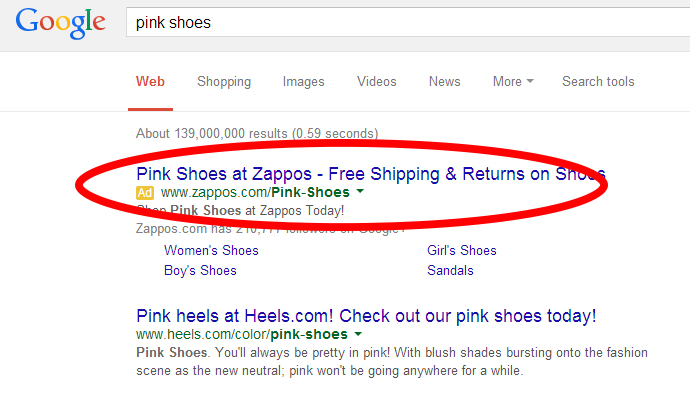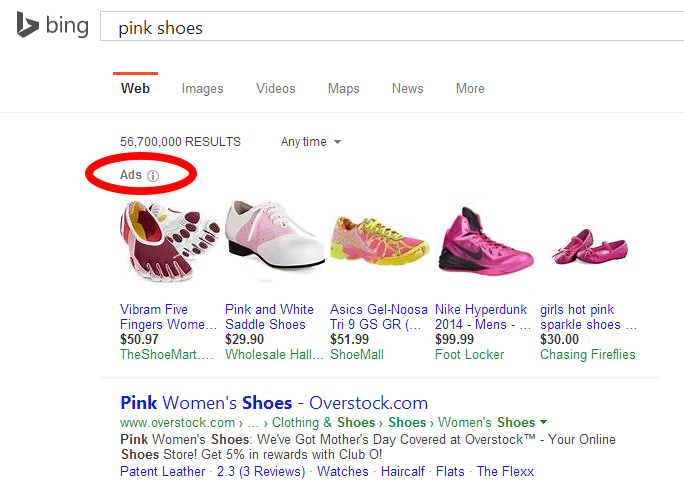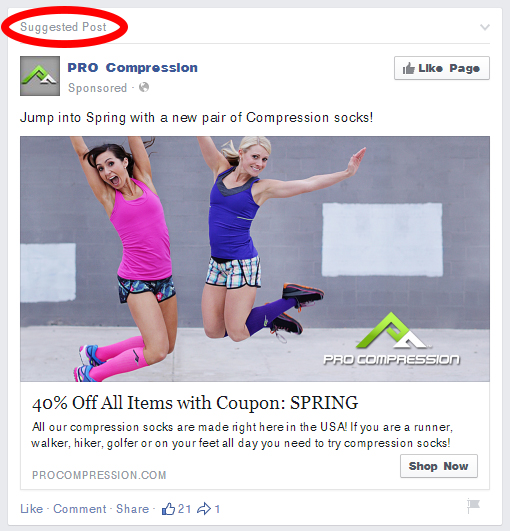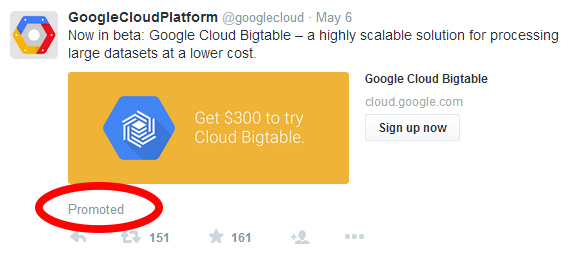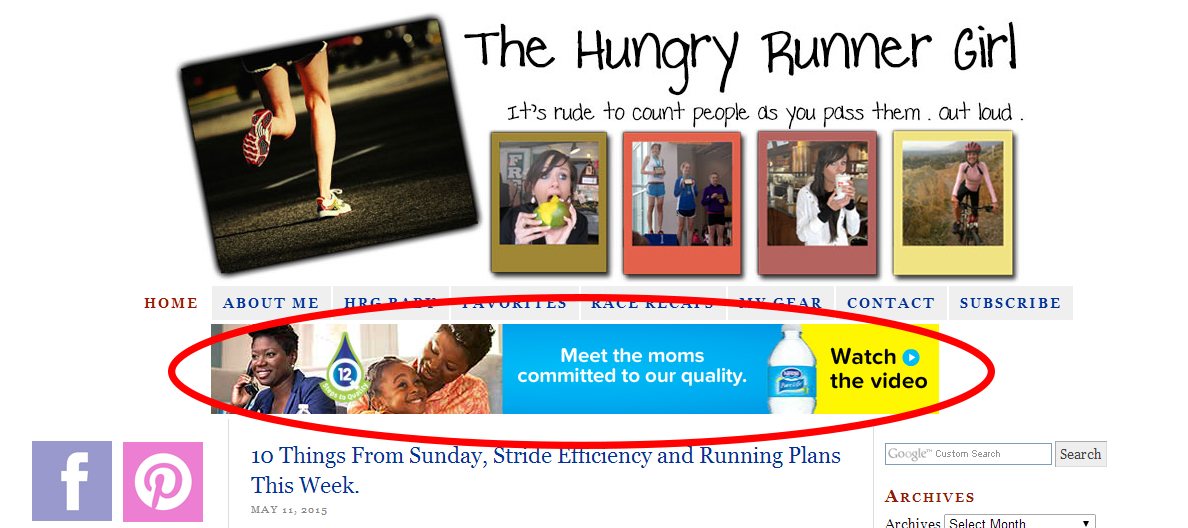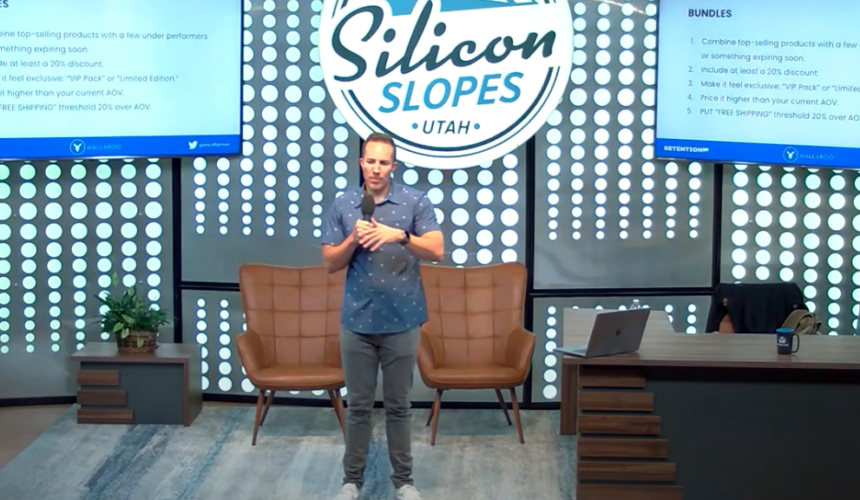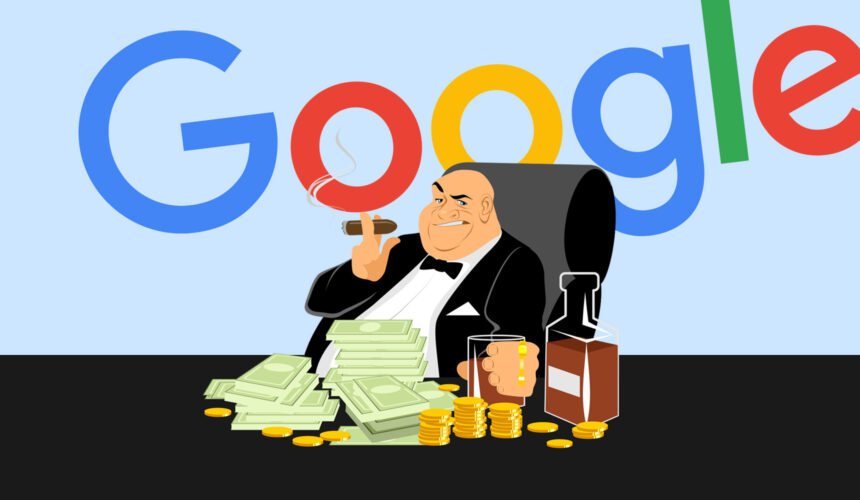PPC…it’s a common term in the digital world these days, and many people have at least a good enough understanding to know that the acronym stands for “pay per click.” But what does it really mean? What are pay-per-click ads? Where do you see them on the internet? And how do they work? Or DO they work?
Defining PPC Ads
Simply put, PPC ads let a company buy visits to its site, so whenever a user clicks an ad the advertiser gets charged for the visit. The most popular PPC advertising platforms include:
Google Search Ads
- Google Search Ads are ads presented at the top of a Google results page after a search is made for a specific keyword.
- Example: pink shoes
- When advertising on Google, companies choose keywords to bid on and the amount they’re willing to pay for each click. This helps determine when ads are shown and where they’re placed in relation to competitors’ ads.
Bing Search Ads
- These are very similar to Google Search Ads, but are found on Bing’s search platform instead. Again, companies choose keywords to bid on and the amount they are willing to pay for each click.
- Example: pink shoes
Facebook Ads
- For those who have spent time on Facebook, stalking friends and family or building a farm, you may have noticed an ad pop up in the News Feed, or even over in the sidebar. This is an example of the ads Facebook allows advertisers to create and promote to a targeted audience.
- Example: Pro Compression
- The cost for Facebook ads can vary greatly depending on things like competition, location, industry, etc. Much like the process with Bing and Google, Facebook allows advertisers to choose the amount they are willing to bid (or optimize it for you) and calculate the frequency it will be shown when compared with other bidders. The benefit of Facebook bids is the ability to easily budget; the dollar amount can be set for each day, week, or year. As soon as the account hits the specified cost limit, the ad campaign will be finished, and Facebook will stop showing the ad and stop charging the account.
- The fun thing about Facebook ads is the specificity. Because so many people share all kinds of information on Facebook (their gender, age, the kind of music they like, the books they read, the brands or sports they love, etc), companies are then able to use this information when creating ads and target their ads to those most interested.
Twitter Ads
- With Twitter ads, companies pay to “promote” their tweet. “Promoting” means that even if a Twitter user is not following that specific company or brand, advertisers can pay to have one of their tweets show up in everyone’s Twitter feed. Advertisers pay for the service each time an ad is clicked on.
- Example: Google Cloud Platform
Display Advertising
- Display ads are presented all across the internet as pictures, videos, text, and even interactive ads.
- Display ads allow companies to get creative with the type of ad they create and where they place it. Google allows advertisers to make ads and then place them on specifically targeted websites that are relevant to the ad.
- Example: A Nestle water ad on a Runner Blog
- The cost of getting a display ad placed is similar to that of Google and Bing search ads; the advertiser chooses a price they are willing to bid, and once there is an available spot, that price is compared to other bidders and awarded to the highest bidder.
- and more!
Does It Work?
So if a company has to pay EVERY time one of the ads is clicked on, is it worth it? Do PPC ads work? The simple answer is, yes, the majority of companies who have implemented an intelligent PPC ad campaign have found these ads to be a successful addition to their digital marketing strategy.
In a Google or Bing search, the top three results (including the ads), plus the ads off to the right side of the page, are clicked on about 25% of the time. The other 75% of clicks are spread out all over the page, and even on to continuing pages. This area is the most condensed grouping of material that is highly likely to get clicked on.
For other types of PPC ads, like Twitter and Facebook, companies are able to target specific people, which significantly increases the chances of generating targeted traffic. For example, if a college student who loves to run is browsing Facebook and an ad for financing a home appears, they are probably not going to click it for more information; it’s just not relevant to them. But if an ad featuring a 40% off coupon code for running apparel is visible, they are far more likely to click on that ad to see if there is anything worth purchasing.
Be Even More Successful
Sure, the statistics make it sound like PPC is a great choice for any company to be successful anytime they try it, which may be misleading. However, there are times when PPC is a better choice than others. Being successful takes a lot of time and effort, and once you make the ad and get it placed there is still more to do.
So what are some good reasons your company might want to implement PPC?
- The company sells seasonal items or promotional products.
- There is a specific budget for digital marketing and it has to be kept.
- PPC can produce results even with a small budget if it is done it correctly.
- The company is looking to target a specific location or geographical area.
- The product or service being sold are very specific to the users.
What all goes into PPC?
- Keyword research – Find relevant keywords people might use in their search for a specific product or service. It also requires research on what keyword costs are in Google search and Bing search PPC campaigns.
- Competitor research – Look at the competitors to see which keywords help them rank, and which ads have brought them success. Find the areas in which your company might be able to copy your competitors, learn from their success, and the areas where you may take it to the next level to be even more successful.
- Figure out the target audience – Find the exact people that might be interested in the company’s products and services. Who are they? Where do they live? What do they do every day? How old are they? What are their hobbies? What might they look at on the internet?
- Ad creation – Take all the information gathered in the previous steps and go through the process of creating a Google AdWords campaign, Facebook ad set, or Twitter promotional ad.
- Experimenting with ads – When setting up a PPC campaign there are ways to experiment with different combinations of words and pictures. In this step, companies create a few different ads to test which are enticing enough for readers.
- Landing page creation – When a user clicks an ad the page they are redirected to is known as a Landing page. This page should have a few different elements: a call to action, a clear explanation of what is being sold, hierarchy, it shouldn’t be too wordy (less is more), and should have a clean and easily navigated layout.
- A/B testing landing pages – Much like experimenting with ads is important, experimenting with landing pages will help companies recognize which elements are lacking, which pages are more enticing, and which pages are converting.
- PPC audits and upkeep – Once all of these tasks are complete, it is important to maintain the account. Companies need to make changes often to stay within a budget and still get the kind of conversions they’re looking for. PPC audits are a great way to do this, while also ensuring there are not any holes in the campaign.
Many companies will hastily create an ad, attach it to an already existing page on their site, and call it good. But to have an even more successful PPC campaign, you must fulfill all of the aforementioned tasks. Have other techniques for rocking a PPC campaign? Tell us in the comments.


